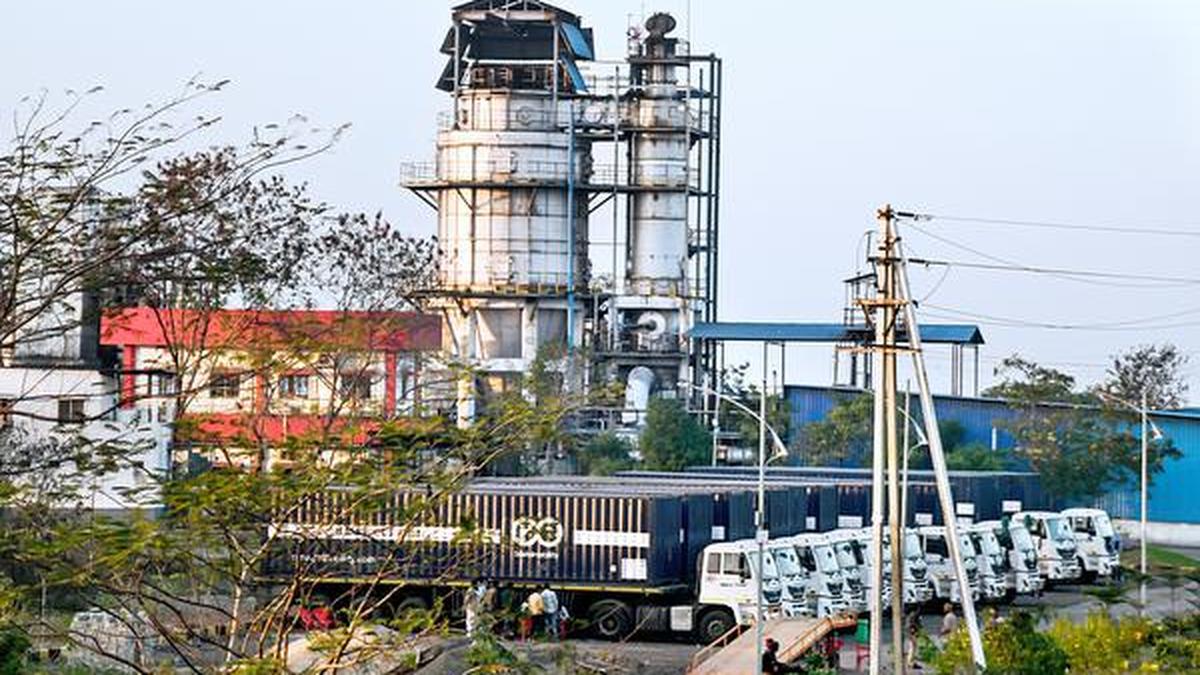
The trouble with disposing Bhopal’s Union Carbon waste | Explained Premium
The Hindu
Madhya Pradesh government faces challenges in disposing of hazardous waste from Bhopal gas tragedy site.
The story so far: On January 2, Madhya Pradesh government authorities moved 358 tonnes of hazardous waste from the defunct Union Carbide facility in Bhopal to the Pithampur industrial area in Dhar district. On December 3 last year, the Madhya Pradesh High Court had set a four-week deadline for authorities to dispose of this waste, nearly 40 years after the gas disaster that killed more than 4,000 people and injured or debilitated thousands more.
The disaster on the intervening night of December 2-3, 1984, was the result of poisonous gases leaking from the plant, which Union Carbide had set up to manufacture fertilisers. The waste at the facility is composed of the ingredients required to make these fertilisers.
After years of lying in Bhopal and multiple petitions from civil society groups, the Madhya Pradesh government was to incinerate the waste at a treatment, storage, and disposal facility (TSDF) in Pithampur more than 200 km away. Officials arranged for the waste to be packaged and labelled according to the Hazardous Waste Management Rules and transported in secure long-haul containers.
But protests in the industrial town by a local population fearful of harmful emissions from the incineration have paused the State’s plans.
On January 6, 2025, the Madhya Pradesh High Court gave the State government six weeks to safely dispose of the waste. The order came after State authorities had also sought time to spread awareness about the manner of disposal and measures to minimise its effects on health and the environment.
The Central government has allocated ₹126 crore to the State to incinerate the waste and deposit the residue in the TSDF landfill.
In 2007, the Madhya Pradesh government had attempted to dispose of some of the waste at an incinerator-equipped TSDF in Ankleshwar, Gujarat, but the facility declined.













